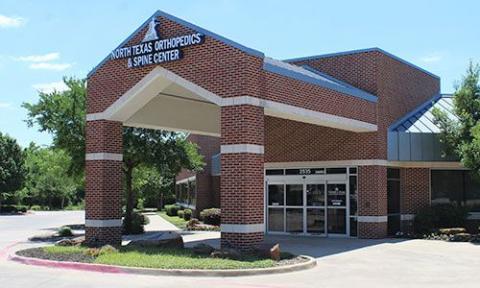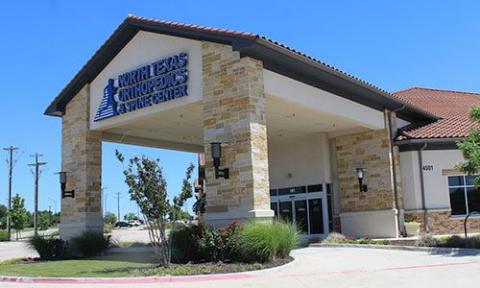Artificial disc replacement (ADR) for the lumbar spine is an innovative surgical procedure designed to treat chronic back pain caused by degenerative disc disease (DDD). Unlike traditional spinal fusion, ADR preserves motion in the affected area, offering a more natural and dynamic solution for patients. In this blog post, we’ll explore the causes of lumbar spine issues, the benefits of artificial disc replacement, the procedure itself, and the recovery process.

Artificial disc replacement involves removing a damaged or degenerated intervertebral disc in the lumbar spine and replacing it with a synthetic disc. This prosthetic device mimics the function of a healthy disc, allowing for normal movement and reducing stress on adjacent spinal segments.
ADR is typically recommended for patients experiencing:
DDD is a common condition that leads to the need for ADR. Common causes include:
The procedure typically involves the following steps:
The entire procedure typically takes 2-3 hours and is usually performed on an inpatient basis.
Recovery times vary but generally include:
While ADR is generally safe, potential risks include:
Before considering ADR, patients may explore other options such as:
Not all patients are candidates for ADR. Factors such as overall health, age, and the specific condition of the spine are considered. A thorough evaluation by an orthopedic specialist or spine surgeon is essential to determine the best treatment plan.
Artificial disc replacement for the lumbar spine is a groundbreaking procedure that offers hope to those suffering from chronic back pain due to degenerative disc disease. By preserving motion and reducing pain, ADR can significantly enhance quality of life. If you’re considering ADR, consult a qualified spine specialist to explore your options and develop a personalized treatment plan.
For more information on spine health and surgical options, explore our blog or schedule a consultation with one of our experts today.
See why our patients love our physicians, quality of care, and amazing results.
*Based on Independent Market Research

